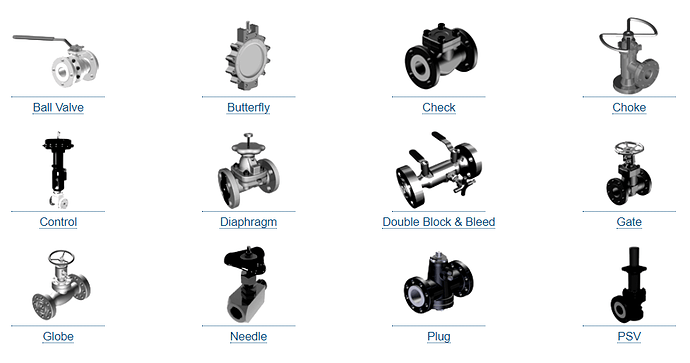The primary function of a check valve is to prevent back pressure in the process. A secondary function can be for isolation.
Occasionally, flanged swing check valves are fitted with manual over-ride devices, to allow for positive shut-off without flow pressure assistance. In this case, energisation of the seat to seal interface is by mechanical force applied through an external hand lever.
This means flow can only go through the valve one way (uni-directionally). These valves operate principally by directional flow pressure and an some designs this is assisted by gravity.
When the flow is in the preferred direction (i.e. in a swing check valve) the pressure will push the disc off the seat and allow the flow through the valve. Should the flow direction change, gravity will return the disc onto its seat and the reverse flow pressure will mechanically force the disc back onto the seat and assist the closure of the valve.
Therefore, the more back-pressure applied, the higher the force onto the seat. Check valves often come in wafer pattern to allow reductions in overall length and weight to be built into piping systems.
As well as swing type, there are also split disc, ball check, piston check, needle check and nozzle check valves which all operate on the similar principles.
source: score-europe
